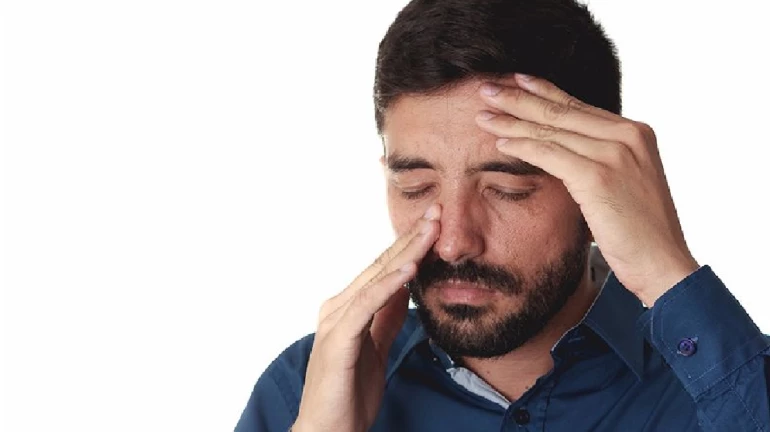
The human skull is like a shell made of thin bones containing cavities. Some of these cavities are occupied by structures like the brain, eyes, ears, nose, while others are air-filled spaces that communicate with the nose through tiny windows. These air-filled spaces make the headlight and cause an echo effect which gives volume to the human voice, similar to speaking into an earthenware pot.
It is a process by which the soft lining of the sinuses gets swollen and angry and the tiny windows to the nose get blocked leading to the fluid being produced and collecting in the sinuses. This fluid gets infected by bacteria and viruses.
Common colds, allergies, nasal polyps (soft grapelike swelling of the lining of the sinuses), or a crooked nose bone blocking the nose.
Sudden start-up of cold-like symptoms with a runny stuffy nose, pain in some area of the face that lasts more than 10 days.
Most cases are viral infections, but bacterial infections are suspected if the symptoms last more than 10 days.
Made by the history of the illness combined with an examination by a doctor confirmed by CT scans or X-ray’s mucus cultures and if required an endoscopy procedure using a tiny camera and lights, to look into the nose.
Medical treatment by antibiotics, antiallergics, painkillers, nasal drops and sprays and if required steroids and immunoglobulins to boost immunity. The selection of medications and dosages of each will vary depending on the doctor’s assessment of the case. Selmef dication with over the counter prescriptions can often worsen acute sinusitis or make it chronic.
Self-help
When is surgery indicated
If medical treatments fail repeatedly and a blockage of the windows into the sinuses or a crooked nose bone or polyps are found on examination endoscopic sinus surgery and septoplasty or a new technique called balloon sinuplasty are indicated. Patients can resume work in two to five days after surgery.
What happens if sinusitis is not treated
It may resolve or become chronic or may progress to complications like the infection of the brain and skull bones or the sockets of the eyes leading to visual disturbances, which makes treatment longer, more expensive and surgical correction more extensive.
Made by history of the illness combined with an examination by a doctor confirmed by CT scans or X-ray’s mucus cultures and if required an endoscopy procedure using a tiny camera and lights, to look into the nose.





